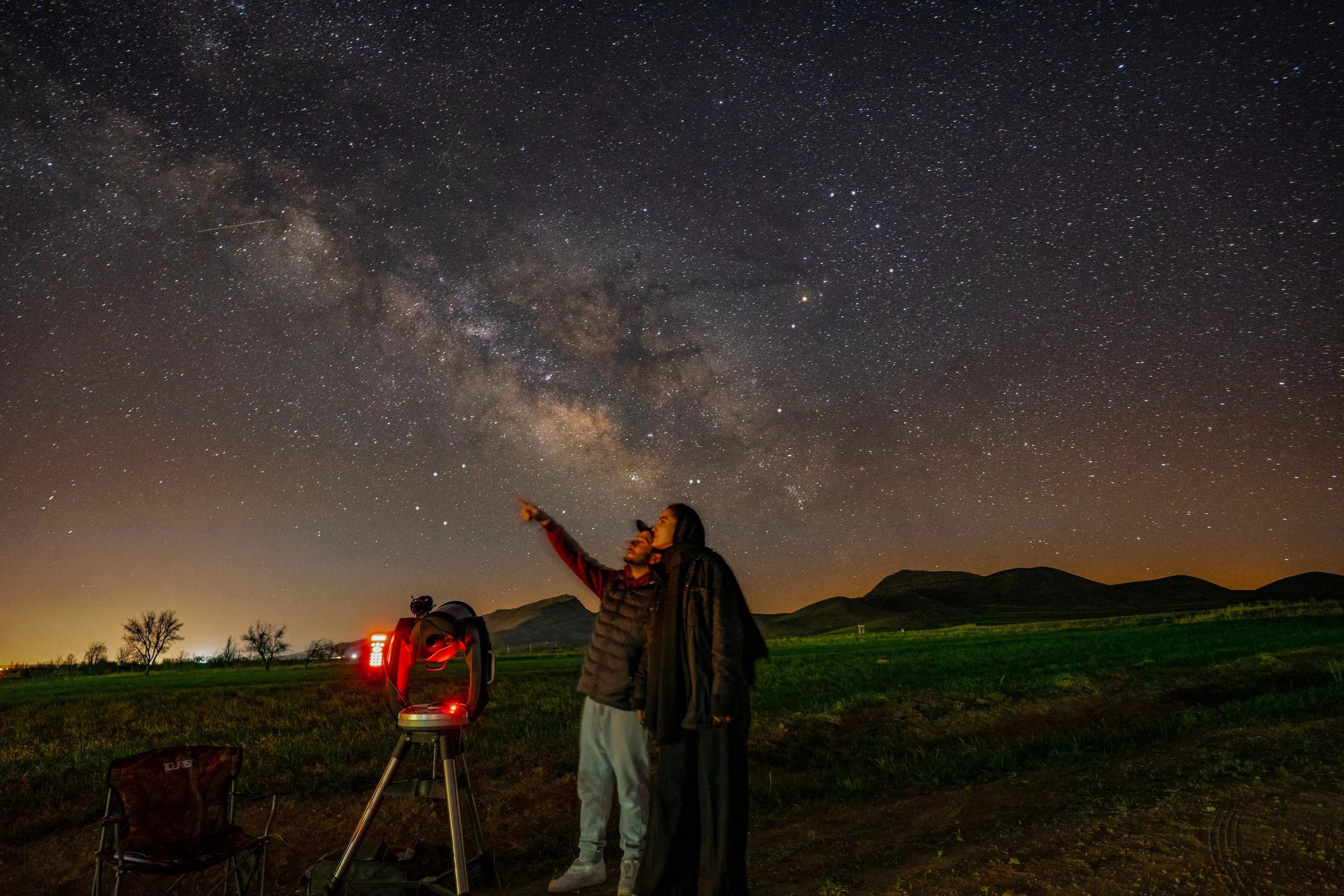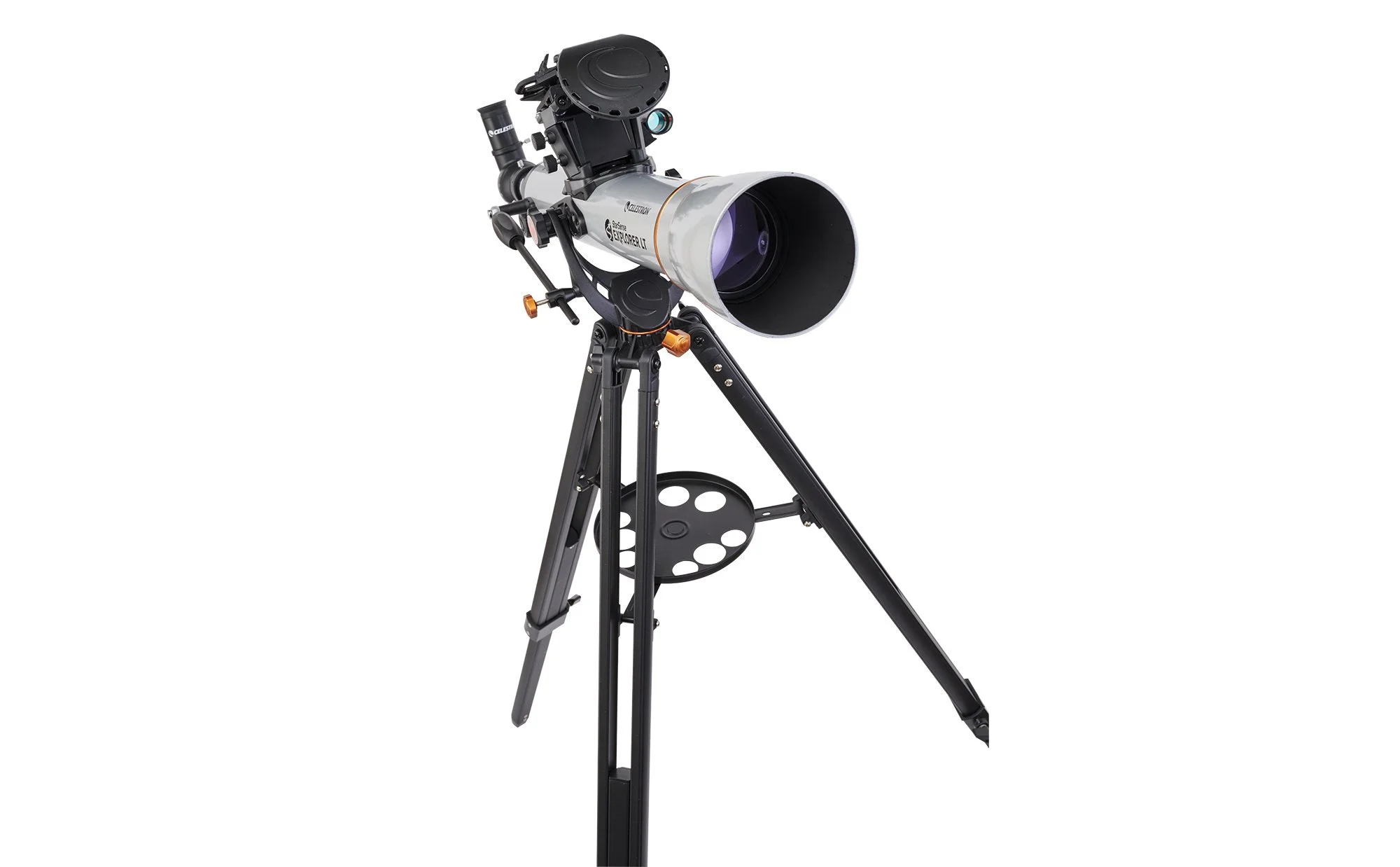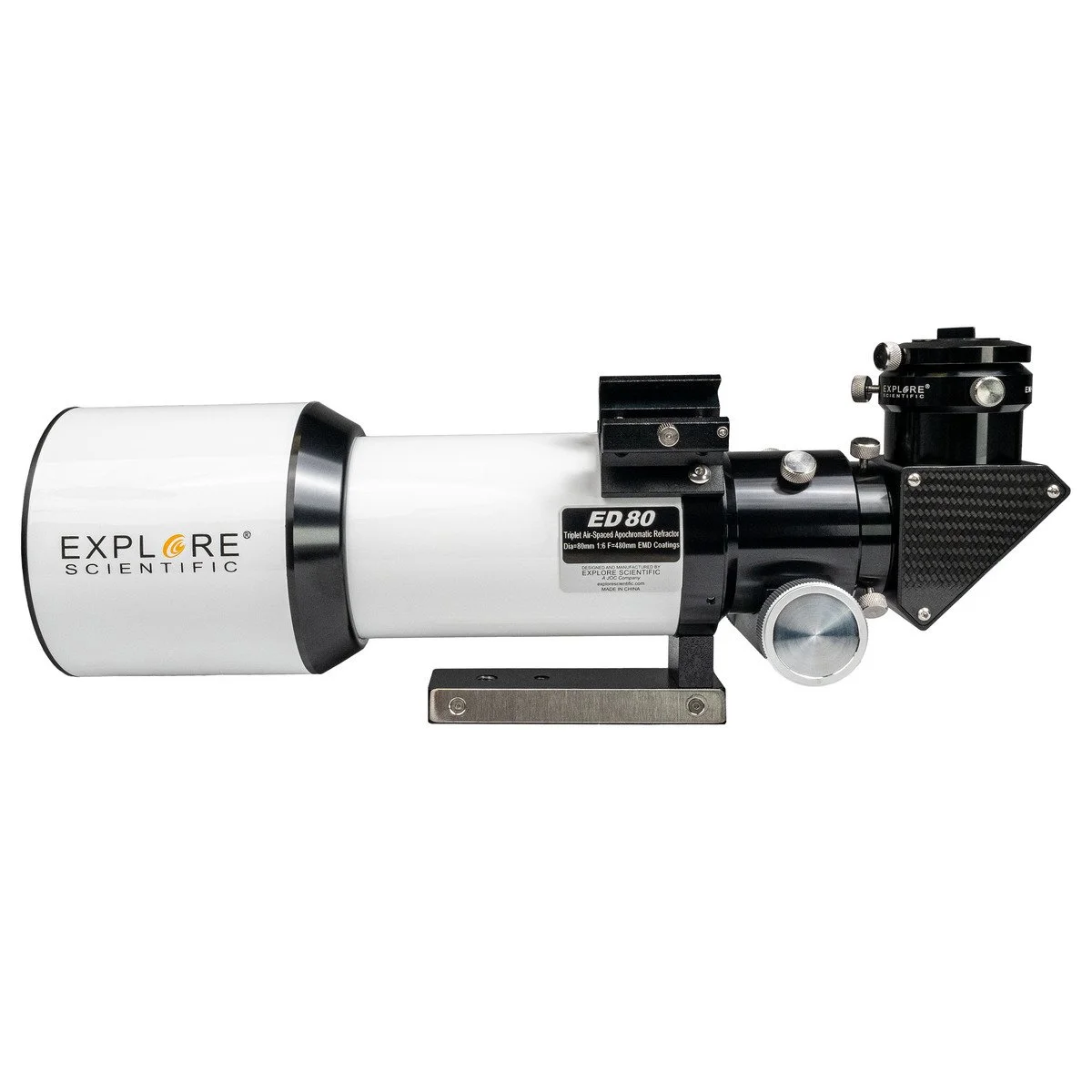From my experience teaching Astro Masterclass workshops across the United States, I've observed that students who begin with simpler setups often develop stronger foundational skills. They learn to master essential techniques like proper focusing, basic tracking, and image composition without getting overwhelmed by complex equipment.
Here are several compelling reasons to start with a beginner telescope:
Lower Investment Risk
Starting with a more affordable telescope allows you to test the waters without making a significant financial commitment. If you're not sure whether telescope astrophotography is right for you, consider trying out equipment first through reputable rental services. (Pro tip: you can save 15% on telescope rentals at Lensrentals.com with code TENSIX15).
Easier Learning Curve
Beginner telescopes typically have simpler setup procedures and fewer complicated features. This means you can focus on learning the fundamentals of astrophotography rather than troubleshooting equipment issues. As I often tell participants in my astrophotography workshops, mastering the basics with simpler equipment builds a stronger foundation for advanced techniques later.
Portability
Most beginner telescopes are lighter and more portable than their advanced counterparts. This makes them perfect for trying different locations and participating in local star parties. Trust me – after carrying heavy equipment to remote locations for years, I've learned to appreciate the value of portable gear!
Versatility
Many entry-level telescopes work well for both visual astronomy and basic astrophotography. This dual-purpose functionality lets you explore both aspects of astronomy while you determine which direction you want to pursue further.










